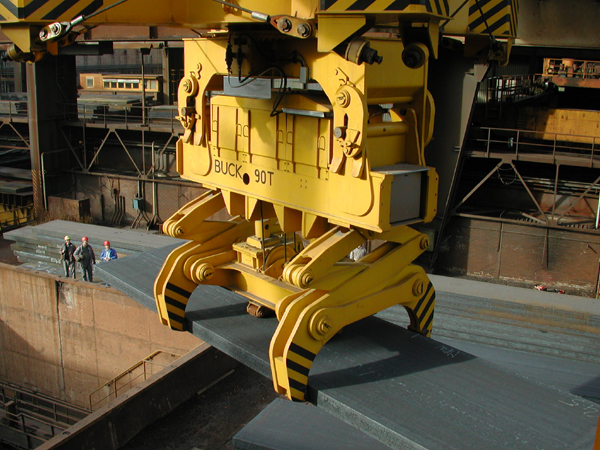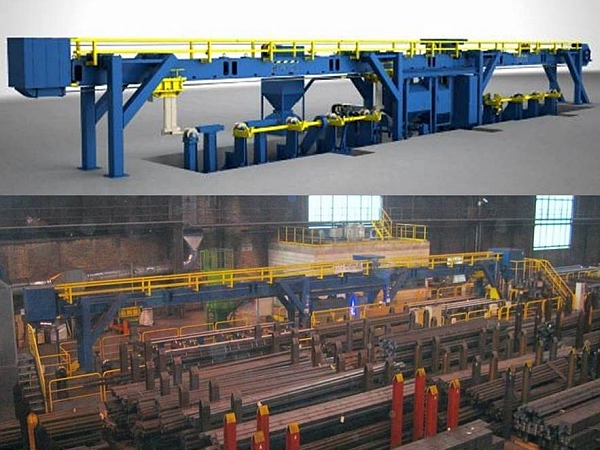
Welcome to BUCK
BUCK Materials Handling Equipment plays an essential part in productivity, efficiency and safety in all industrial sectors, especially in the ferrous and non-ferrous metal industries.
BUCK Materials Handling
Equipment LTD
Grundstrasse 12
CH-6343 Rotkreuz
Switzerland
Tel.: +41 (0) 41 798 10 60
Fax: +41 (0) 41 790 20 69
Products: Materials Handling Equipment
Whenever materials are to be handled the use of the right tools will make all the difference.
Our long-standing know-how combined with our ability to innovate enables us to develop custom-made below-the-hook attachments which give you total control over functionality, productivity, safety and efficiency.

Products: Billet Surface Crack Detection System
Our fully automatic system offers reliable inspection of the entire billet surface including round corners on square billets with complete detection and classification of defects.
The system can be used for surface crack detection on cast and rolled billets at temperatures from cold up to 500°C.
